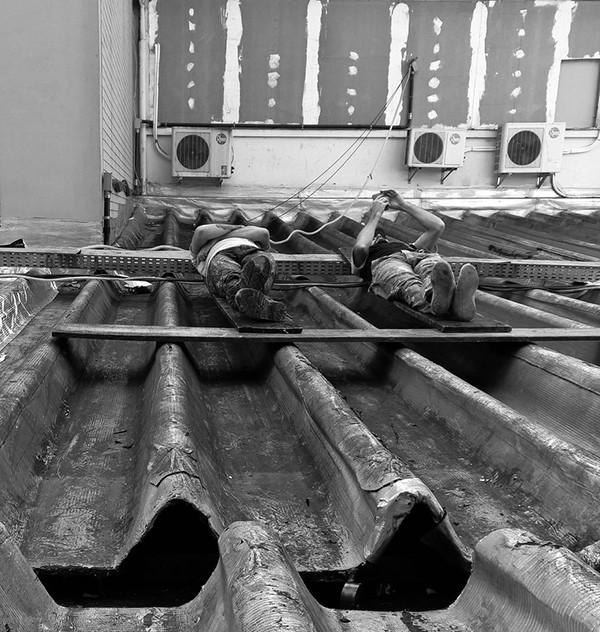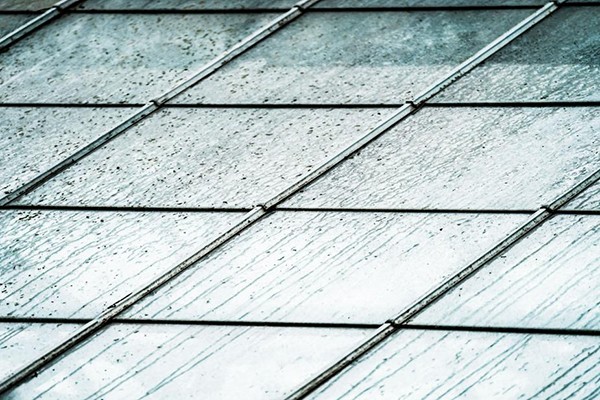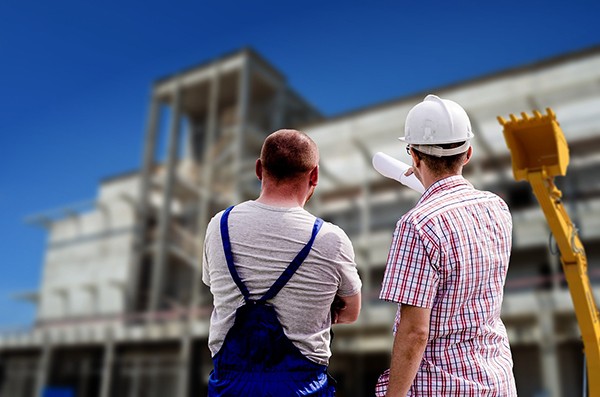Business owners can choose from the different types of roof in building construction. They can look into factors like aesthetics, performance, longevity, the overall pros and cons, and of course, the budget. There are variations as well in terms of materials and compositions that they can discuss in detail with a licensed roofer. However, at the end of the day, the real challenge lies in a business owner’s ability to prolong a commercial roofing’s lifespan. Regardless of what roofing system you go for, it is beneficial to conduct regular preventive maintenance procedures. Proper maintenance is the key to peace of mind, safety, and protection.
If you are a building owner who is looking for expert tips on how to maintain a commercial roofing, you came to the right place. In today’s blog entry, we will take you through the process of caring for your roof so that you get the most out of it. After all, roofing is a major investment that you have to protect.
Without further ado, here are some roof maintenance measures you need to prepare for:
Roof Maintenance Plan
As extremely busy people, roofing is the last thing you may think about. However, if you fail to give it the attention it requires, it may lead to bigger problems later on. The types of roof in building construction matter along with your decisions but there’s more. You also have to keep in mind that how you take care of it is as crucial as your choices during the construction phase.
As with any roofing project, you need a concrete plan before you even get down to it. A properly crafted plan is essential in making sure that maintenance is in order. You should not implement maintenance only when there are obvious damages. Instead, it should be consistent and well-planned not only for overall safety but to avoid costly repairs.
These are some considerations you need to make in order to come up with a strategic maintenance plan that does only concern about roof but the entire structure.
- Climate – Check the climate and weather conditions to align feasibility of maintenance procedures. Areas exposed to extremely harsh weather may need to schedule more regular maintenance sessions than usual.
- Building Size – Revisit the size of your building as it may help determine how much days or weeks are needed to perform maintenance. Part of the planning is to set specific timelines.
- Business Operations – Look into how the maintenance program could affect the people inside the building. How much time can you allow for possible interruptions?
Roof Inspections
Part of maintaining your roof in its optimum condition is what we call roof inspection. As the word implies, this process is conducted by trying to assess the current roofing situation. It aims to accurately identify problem areas. Although building owners may conduct a simple visual inspection, this process should still be handled by experts. If done correctly, roof inspections can help extend the roofing lifespan despite external threats.
To give you an idea of how extensive roof inspections are, you can divide the checklist into three major categories:
- Visible Damages and Debris – One of the most obvious signs of damage are dirt and debris lying around. You can also spot other structural deformations, dents, faded color or discoloration, and other visible damages. You may also find stagnant/pooled water which is common on commercial properties. Do not forget to check the gutters and downspouts to see if they are blocked or broken.

- Exterior Structural Components – When you say exterior, it includes everything outside the property. Exterior parts are risky to access especially if you do not have the proper training. Hence, always consult professionals for all your roofing maintenance needs. Look out for damages, rust, rot, or missing parts all over including outer walls, chimney area, decking, vents, skylights and other HVAC systems, fascia, and roof edges.

- Interior Roofing Components – Some signs of damages and deterioration are faster to spot indoors simply because your eyes can catch them. Most of the time, simple signs point to serious issues such as wall stains. A trusted roofer knows where to conduct inspections to discover the true condition of your roofing. They will look into rafters and trusses and spot plant growth (mold, mildew, fungi, or algae), and also for rot, leaks, or rust.
Budget
When you are managing a building, it is imperative to set aside funds for roof maintenance. Doing this will save you more money from expensive repairs. Generally, you need to regularly perform maintenance to reduce risks and also extend the roofing’s service life. This entails some financial investment on your part because roofing is a major part of your property. However, it is always better to be two steps ahead than to meet potential dangers head-on. You can always talk to a trusted roofing company on how you would like to package your roof maintenance programs in order to get the most value for your money.
Roof Repairs
Roof repairs normally follow after the inspections are completed. Although there are minor repairs that you can perform yourself, it involves health hazards and risks to create further damages. At J&M Roofing LLC, we highly recommend clients to stay away from do-it-yourself projects. Instead, call a reliable roofer and discuss all kinds of issues that you may have. Furthermore, always remember that roof repairs should not be an on-demand service. It has to be a regular project to prevent problems from getting worst.

Common Issues Found in Types of Roof in Building Construction
As you may have noticed, there are two most common types of roofing. We have sloped roofs which come in several variations that continue to evolve over time. Then, there is another type called flat or low-slope roof.
This time, let us focus on flat roofing as this is widely used in commercial and industrial properties. We have listed below the most common issues that every business owner should be familiar to:
- Leaks
- Surface Degradation
- Pooled or Stagnant Water
- Holes, Blisters, Dents, or Punctures in the Membrane
- Flashing and Membrane Damages
- Blocked Drains
- Plant Growth (Algae, Molds, Mildew, Fungi, etc.)
Conclusion
The types of roof in building construction vary, you can choose which style, material, design, and composition you would like depending on your preference and financial capabilities. However, as a property owner, the work does not end after construction. You have to keep an eye on your commercial roofing’s health. In order to do this professionally, you need a trusted partner.
Roof maintenance requires experience and years of training. Hence, only experts should handle this roofing project.
If you are looking for a licensed roofing professional to conduct roof maintenance and repairs for your building, we are here to help. J&M Roofing LLC provides professional roof repair and maintenance, installation, restoration, and coatings for all types of commercial buildings. Call us today and get your free quote: 800-773-1616

